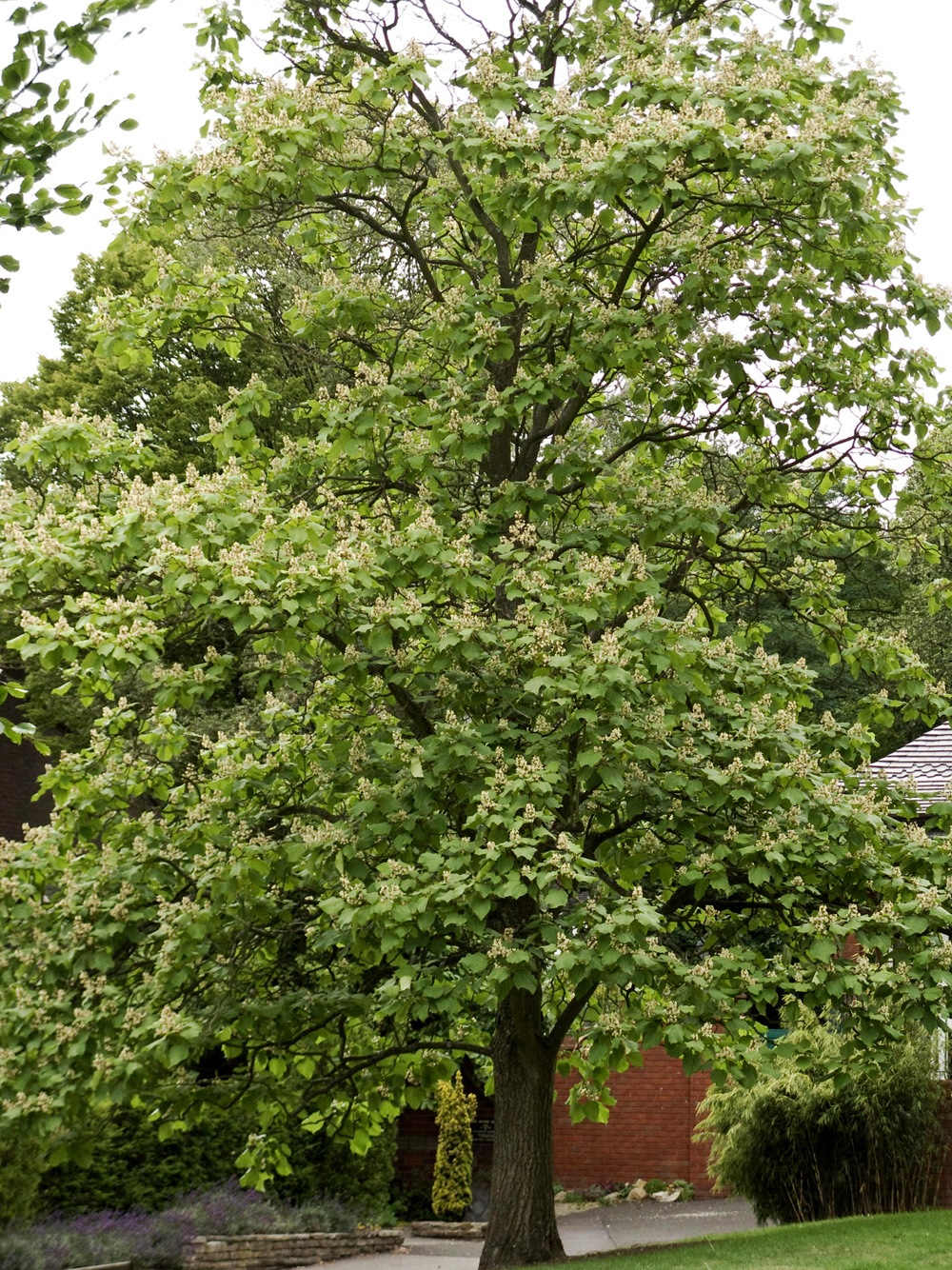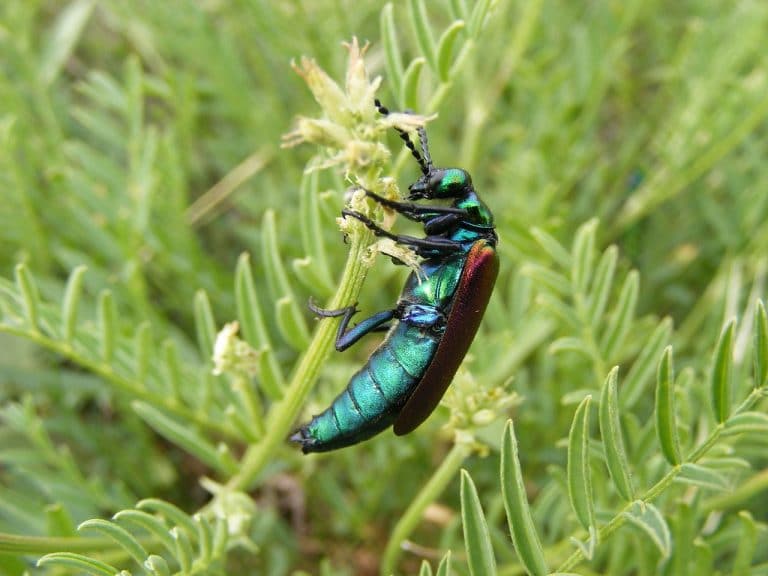Catalpa Tree
Scientific classification
| Kingdom: | Plantae |
| (unranked): | Angiosperms |
| (unranked): | Eudicots |
| (unranked): | Asterids |
| Order: | Lamiales |
| Family: | Bignoniaceae |
| Tribe: | Tecomeae |
| Genus: | Catalpa Scopoli |
Catalpa tree is generally known as Catawba or catalpa, it belongs to the class of flowering plants of the Bignoniaceae family, inhabiting the regions of the Caribbean, North America, and the Eastern regions of Asia, where the temperature is warm. The Catalpa Speciosa also called the Hardy Catalpa, Cigar Tree or Northern Catalpa is endemic to the Midwestern region of the United States. Catalpas are robust trees and very adaptable to changes. In several parts of the southern United States, they adapt or naturalize well. Catalpa is normally used in the retrieval of land because it flourishes where the air is polluted, in compact soil, where there is no proper drainage system, and /or in the event of drought (in some varieties). It grows very fast and gives enough shade.
If any member in your family is afflicted, having seasonal allergies, then avoid growing them in your garden, the reason being, the pollen grains of its flowers are normally allergens. The roots have a mild poison therefore handling with care is essential. The seeds contain a little narcotic, as such never eat them.
Anatomy

Most of them are deciduous trees, naturally they grow to heights of 12 to 18 m (39 to 59 ft) with a spread of 6 to 12 m (20 to 39 ft). A 10 year old one grows to a height of 6 m (20 ft). They are noticed by their big leaves that have three lobes like the shape of a heart, the flowers are showy and colored yellow or white with wide panicles. In autumn they bear fruits 20 to 50 cm (7.9 to 19.7 ft) in length, just like a thin bean pod with many tiny flat shaped seeds embedded in them, These seeds have two slender wings to assist them in dispersing through the wind. In the southern regions of the United States, on account of their leaves,these are mistaken for Tung trees, botanically known as Vernicia fordii. Or because of the encroachment of Paulownia Tomentosa, imported from China
The sizes of the catalpa leaves are very big and we get enough shade from them. They are famous for sheltering a variety of birds from the wind and the rain. The limbs of these trees hardly droop, but they drop big bean pods deep-brown in color at the end of summer. The catalpa tree wood is very soft.
Habitat
The catalpas are natives of the Caribbean, which is the temperate region of North America and the eastern regions of Asia. The two popular varieties of this tree are The Northern Catalpas (otherwise known as catalpa speciosa) and the Southern catalpa (otherwise called Bignonioides). With the exception of the bean pods, the leaves and the flowers, of the Northern Catalpa being a bit bigger than those of the Southern Catalpa, there is not much difference between the two.
GROWING AT HOME
Soil for Planting
The Catalpa trees adjust to various conditions of soil and they flourish in bright sun and areas where there is fractional shade.
Planting

Photo by: Frank Vincentz
In order to grow catalpa trees, select an area where the sun is bright. A rich and moist soil is ideal, even though it adjusts with unwelcoming and arid conditions.
Make a hole, double the depth and width of its root ball. Flare out the roots to the border of the hole and pack the hole all round with worked soil.
For determining erect growth, make use of a stake for the tender plants, Till the plant has caught up properly, water them weekly.
Proper watering of the seedlings, gives the plant a firm root.
Watering
After the roots of the tree has caught up, then watering is required only in severe droughts.
Temperature and Humidity
Since these Catalpas inhabit the extreme south of America, they require some shelter and warmth. If you look at the elevated regions of North where the climate is cold, this tree will not be suitable, they cannot adjust to the strong wind, because the leave get torn up, the only thing is they absorb polluted air.
Catalpa trees are normally resilient to temperatures as low as -15°C and they prefer a place that is spacious and bright. Even though they tolerate all types of soils, they flourish well in fertile loamy and moist soils. The perfect location for planting your catalpa is in places where there is shade, since open areas leads to scattering the leaves in the wind.
Shield your tender plants from the frost, remember that blossoming takes place only within some years.
Flowering and Maturing
May to June is the time when you see the trumpet shaped white flowers, 2 inches long, flaring widely from the bottom. They are ornamented with patches or lines of yellow color; at times they are purple and possess mild fragrance. It is after 7 years that a catalpa starts to bloom.
Care
For well grown trees, you need to prune the young ones. Pruning is done in spring, a year following planting. Discard suckers and guide your tree to grow with an erect trunk. When the tree is full grown, regular pruning is necessary for maintaining the branches to grow low and from hanging over somebody.
The catalpas are robust trees; as such, they never need baby care. For healthy growth, give your tree a balanced fertilizer during spring.
Keep a watch on the pests and insects and do away with watering overhead, which leads to problems regarding fungas and mildew.
Pollarding and pruning are welcomed by the catalpas, therefore, just like the Paulownia plants it is possible to generate a beautiful crown of leaves.
Pest and Pesticides
The catalpa tree is threatened by the larva of the catalpa sphinx moth. The specimens of the photos are seen over those from one tree.
This sphinx moth larva is one among the few insects that crawl on catalpa and consume a great amount of their leaves. These caterpillars are yellow in color with lines of black color with marks. Often the tree is defoliated and by the end of summer, they appear horrible.
Varieties
- C. Bignonioides AGM,
- C Bignonioides ‘Variegata’
- C. Bignonioides ‘Nana’
- C. Bungei Or The Dwarf Southern Catalpa
- C. Bignonioides ‘Aurea’
- C. Fargesii F. Duclouxii Agm (H5) is a rarely seen, but is spectacular small tree.
- And several more.

Having discovered a fondness for insects while pursuing her degree in Biology, Randi Jones was quite bugged to know that people usually dismissed these little creatures as “creepy-crawlies”.







